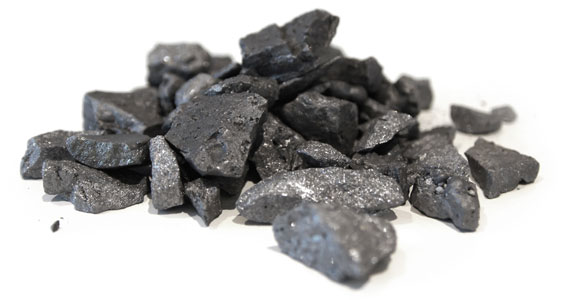
The demand for ferrosilicon in the iron and steel industry is fueled by various factors. The construction industry and automotive sector in Asia-Pacific are the main drivers for this market. The market is gaining momentum in the global market and is projected to grow at a CAGR of 7.5% between 2018 and 2024.
The automotive industry is one of the biggest markets for ferrosilicon alloy. Global demand for ferrosilicon alloy is expected to grow at a CAGR of more than 3% during the forecast period. In Asia-Pacific, demand for ferrosilicon alloy is primarily driven by the construction industry and the automotive industry.
The automotive industry is expected to experience significant growth over the forecast period, as the demand for vehicles is increasing. Silicon-aluminum alloys are replacing steel in engine blocks, chassis, and powertrain components in vehicles. The automotive industry uses ferrosilicon in the manufacturing of these metals and alloys.

Ferrosilicon alloy has lower melting points than iron, generally below 1673 K. This makes them suitable for pouring. However, the alloys absorb gases during their manufacture, giving up that content upon solidification. This is especially noticeable in blow holes. However, there are several disadvantages to ferrosilicon alloy. The alloy is brittle, so it can break easily.
Ferrosilicon alloy is an alloy of iron and silicon, with a silicon content of 15 to 90%. It is used for various applications, including steel and semiconductors. Ferrosilicon also enhances the electrical properties of metals. It is commonly used in the manufacturing of electric steel.
The automotive industry is one of the biggest markets for ferrosilicon alloy. Automobile manufacturers are constantly trying to improve fuel efficiency and create lightweight components. Because of these benefits, the demand for ferrosilicon alloy is expected to grow moderately.
Ferrosilicon is a new, odorless, crystalline metal produced by fusing silicon with iron. The concentration of silicon in ferrosilicon varies, but typically ranges from 10 to 90%. Ferrosilicon is manufactured in blast furnaces or electric arc furnaces. The silicon-rich melt is created by reducing quartz sand or silica with iron. The resulting molten metal is then poured into a flat sheet, where it is further processed with appropriate machinery.
In a blast furnace or an electric arc furnace, the ferrosilicon is reduced to about ten million atoms and is then solidified into sheets. This material is then processed further in a crusher and sifted into varying sizes. The particle size distribution of ferrosilicon is best analyzed using microtrac particle size analyzers. These instruments are ideal for quality control in industrial applications and for research.
Ferrosilicon is a valuable source of silicon, used in many industries. It helps reduce metal oxides, deoxidizes steel, and prevents carbon from leaching out of molten steel. In addition, it is used in semiconductors, electromotor cores, and transformer cores. It is also used in electrode coatings for arc welding.
However, when temperatures are below To, the silicon is vaporized. At Tc=2858 E, the vapor pressure of silicon is 39 mm. Hg, which is too high for the blast furnace to produce high-analysi ferrosilicon.

Write a Message